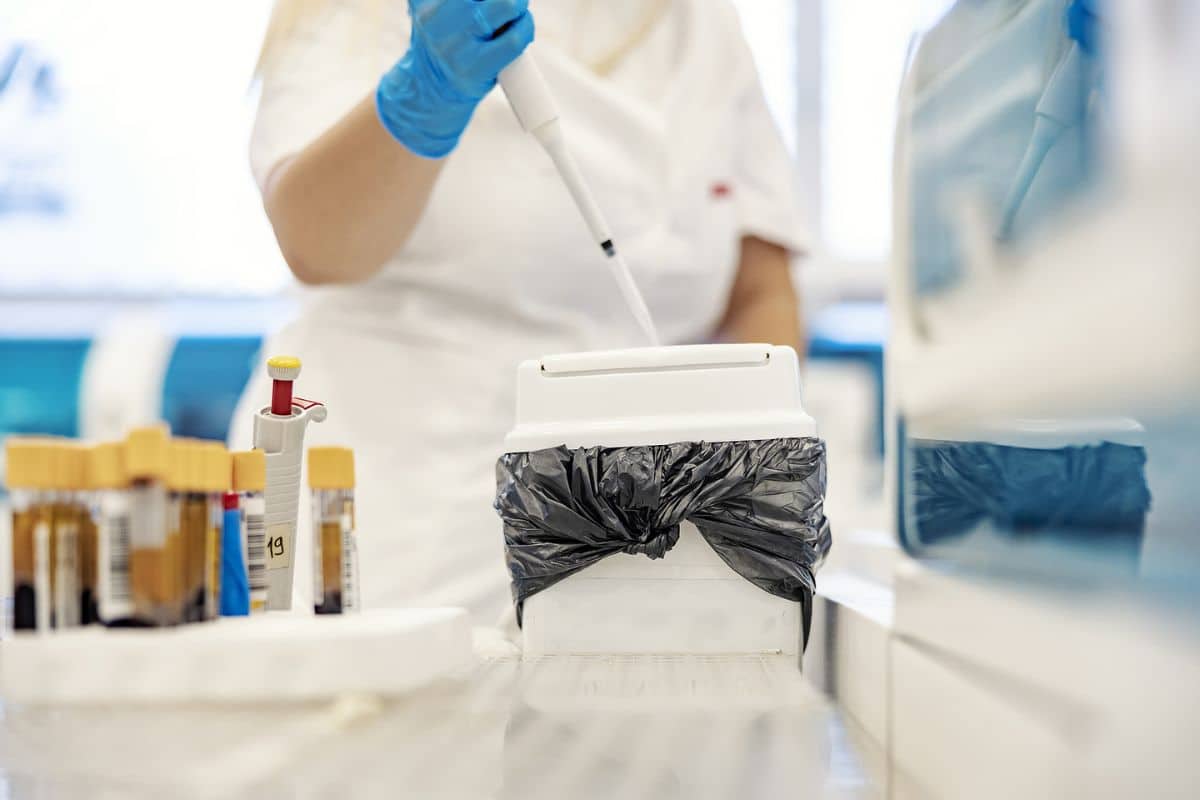Within the realm of clinical diagnostics, safety and biosecurity aren’t just regulatory mandates—they’re foundational pillars that protect both lab personnel and the public. A single incident involving hazardous materials or a lapse in infection control can have far-reaching consequences, damaging reputations and, more importantly, endangering lives. Fortunately, well-thought-out design strategies, comprehensive SOPs, and diligent staff training can drastically reduce these risks. By integrating safety and biosecurity into your lab’s everyday operations, you not only meet regulatory requirements but also create a culture of vigilance and accountability that underpins high-quality patient care.
Agenda
1. Key Design Considerations for a Safe Lab Layout
2. Biosecurity Measures for Handling Infectious Agents
3. Waste Disposal and Hazardous Materials Management
4. Safety-Related SOPs and Staff Training Programs
5. A Proactive Approach to Protecting People and Communities
Key Design Considerations for a Safe Lab Layout
A safe laboratory begins with thoughtful design. When planning a new facility—or renovating an existing one—take the time to chart how specimens, personnel, and waste will move within the space. For instance, consider designating separate zones for “clean” tasks (like administrative work) and “contaminated” tasks (like processing high-risk samples). This zoning helps limit cross-contamination and simplifies cleaning protocols.
The flow of materials also plays a major role in mitigating risk. Minimizing unnecessary movement of specimens or hazardous chemicals reduces the chances of accidents, spills, or mix-ups. Where possible, incorporate adequate storage for reagents, specimens, and personal protective equipment (PPE) to prevent clutter. Many labs also install specialized ventilation systems—like biological safety cabinets (BSCs) or fume hoods—to capture aerosols and volatile chemicals before they circulate. By focusing on layout and flow at the design stage, you lay a strong foundation for safer day-to-day operations.
Biosecurity Measures for Handling Infectious Agents
Beyond protecting your own staff, labs must also manage biosecurity—preventing potentially infectious agents from escaping into the environment or being misused. A robust biosecurity program typically starts by classifying pathogens according to risk level and then employing containment strategies aligned with those classifications. For example, working with BSL-2 materials generally requires safety cabinets, restricted access to lab areas, and an emphasis on hand hygiene and surface decontamination.
If your lab handles more virulent or exotic pathogens, you may need to meet BSL-3 or even BSL-4 standards, which impose stringent protocols around air filtration, pressure differentials, and specialized training. Regardless of biosafety level, staff must understand the chain of custody for samples, the correct use of PPE, and the protocols for immediate reporting of spills or exposures. Routine drills, such as simulating an accidental release, can help ensure everyone knows how to respond swiftly and effectively should a real incident occur.
Waste Disposal and Hazardous Materials Management
Proper waste disposal is crucial to maintaining a safe and compliant workspace. Whether you’re dealing with biohazardous specimens, chemical reagents, or sharps, each category demands specific handling and disposal methods. A well-designed segregation system—clearly labeling bins for biological waste, sharps, and chemical waste—helps reduce errors. Partnering with reputable waste management services ensures that materials are treated, transported, and disposed of according to state and federal regulations.
For labs using significant amounts of chemicals, having a hazardous materials inventory and a clear communication system—like Safety Data Sheets (SDSs) accessible to all staff—is essential. Periodic audits of chemical storage can catch expired or improperly labeled items, while keeping an up-to-date chemical hygiene plan provides a roadmap for safe handling procedures. These measures not only safeguard employees but also help your lab avoid regulatory penalties that can arise from improper disposal or subpar storage practices.
Safety-Related SOPs and Staff Training Programs
No matter how sophisticated your lab’s design or how robust your equipment, a safety culture ultimately depends on people. Develop written SOPs covering everything from the proper donning and doffing of PPE to steps for decontaminating spills. These SOPs should align with overarching regulatory frameworks—like CLIA, OSHA, or relevant state guidelines—and be easily accessible so staff can quickly reference them in urgent situations.
Training programs are equally pivotal. Beyond initial orientations, labs should schedule periodic refresher courses in areas like biosafety, hazardous materials handling, and emergency response. Hands-on drills, such as mock chemical spills or simulated exposures, give employees practical experience in managing critical incidents. Encouraging open communication—where staff feel comfortable reporting near-misses or voicing concerns—further strengthens the overall safety net. By fostering a culture that values continuous learning and accountability, your lab will be better equipped to adapt as new hazards emerge or existing risks shift.
A Proactive Approach to Protecting People and Communities
A truly secure laboratory doesn’t rely on reactive measures alone; it integrates safety and biosecurity at every level, from architectural layouts and equipment selections to meticulous training and waste management protocols. When each staff member understands both the “how” and the “why” behind these measures, safety becomes second nature rather than just another rule to follow. This proactive stance not only protects your team and the broader community but also builds a reputation of reliability and professionalism—factors that resonate with regulatory bodies, healthcare partners, and patients alike.
If your lab could benefit from a deeper dive into advanced biosafety standards, specialized waste disposal practices, or staff training programs, our experts are here to help. We’ll work with you to tailor solutions that meet your lab’s unique needs and challenges, ensuring that safety and biosecurity remain at the forefront of your operations.

